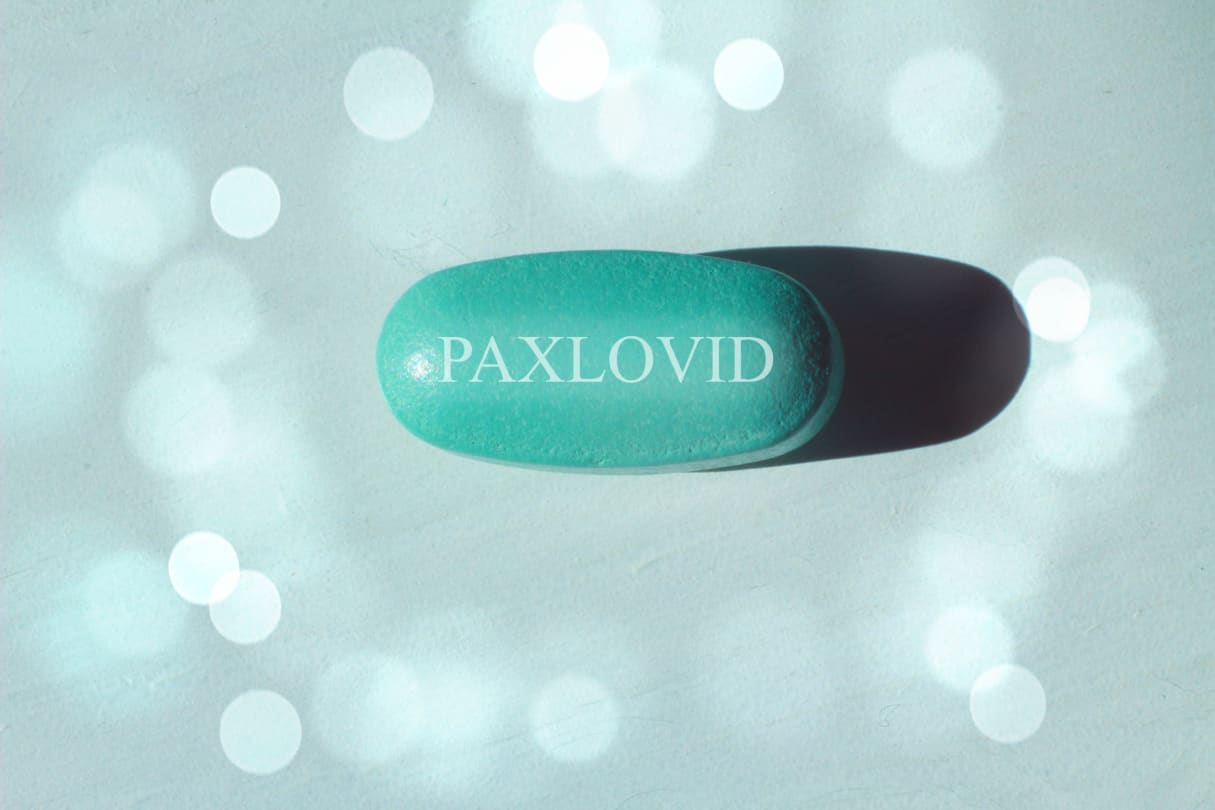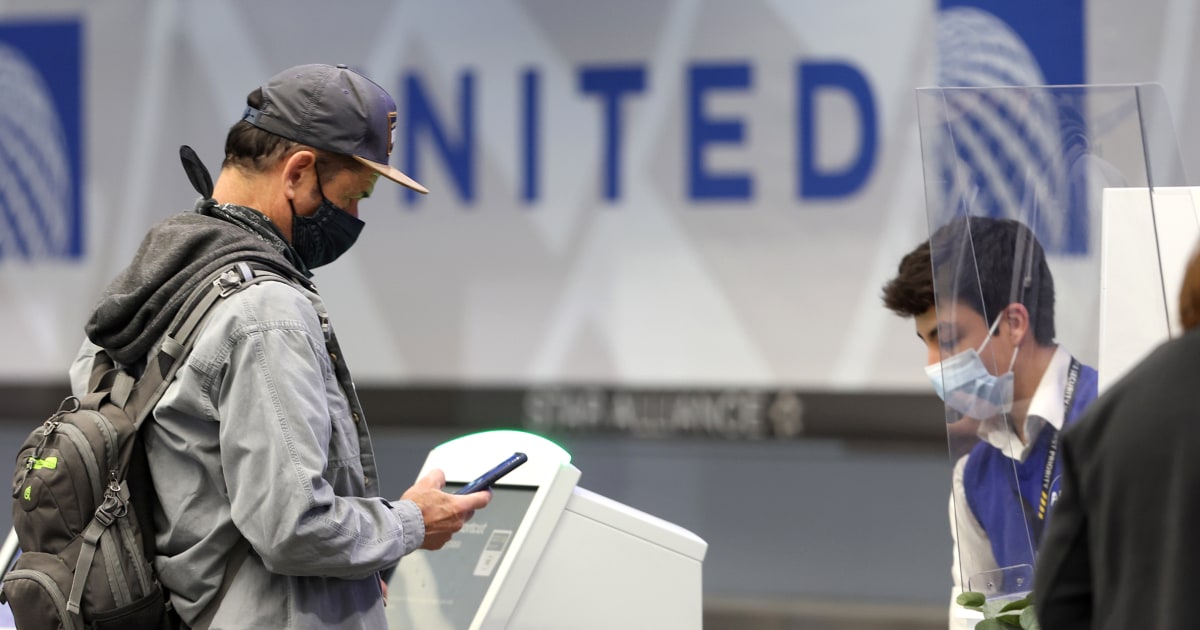Heppenheimer
Well-Known Member
At this point, we're pretty much prescribing it to any adult who tests positive and doesn't have an absolute contra-indication, which means they have adequate renal function and they're not taking an excluded medication that they can't stop (diltiazem is probably the most common). When the supply was more limited, we did restrict prescriptions to those who met the criteria for high risk, but we have more than enough supplies in our local pharmacies now. Mind you, this very much up to the discretion of the prescribing physician and the local supply of the medication. There's a growing consensus as we become more familiar with paxlovid that its worthwhile treatment for most people with COVID, even though the official EAU remains more restricted.You posted a few days ago about the benefits of Paxlovid that you've witnessed amongst your patients. I found that encouraging. My family has managed to avoid contracting Covid so far but we are gradually returning to prepandemic activities. Obviously that comes with more risk than staying home. I looked into Paxlovid, how to get it if needed. Everything I found said that it's only being used for high risk people. What is the procedure for acquiring it? Does an infected individual call their primary care office and then the physician determines risk? I'm curious about how hard it really is for people to get. With the limited window for usefulness it seems like having a plan in advance makes sense. Are there any factors that make it unsafe for certain patients?
As I mentioned a few days ago, most patients who test positive now do so through home testing. In most cases, we no longer have the 1-2 day turn-around that was the situation with the send-out PCR tests. With that kind of instant feedback, it's become pretty easy to hit the therapeutic time window for paxlovid. For our patients, if they call us reporting a positive test, we quickly review their chart and if they don't have any obvious exclusions, we prescribe the medication without further delay. For a few patients, I needed to check their kidney function first, but for most, we simply do a chart review. Now, that's just the default that we've kind of fallen into in our practice, what other practices do could be completely different.




